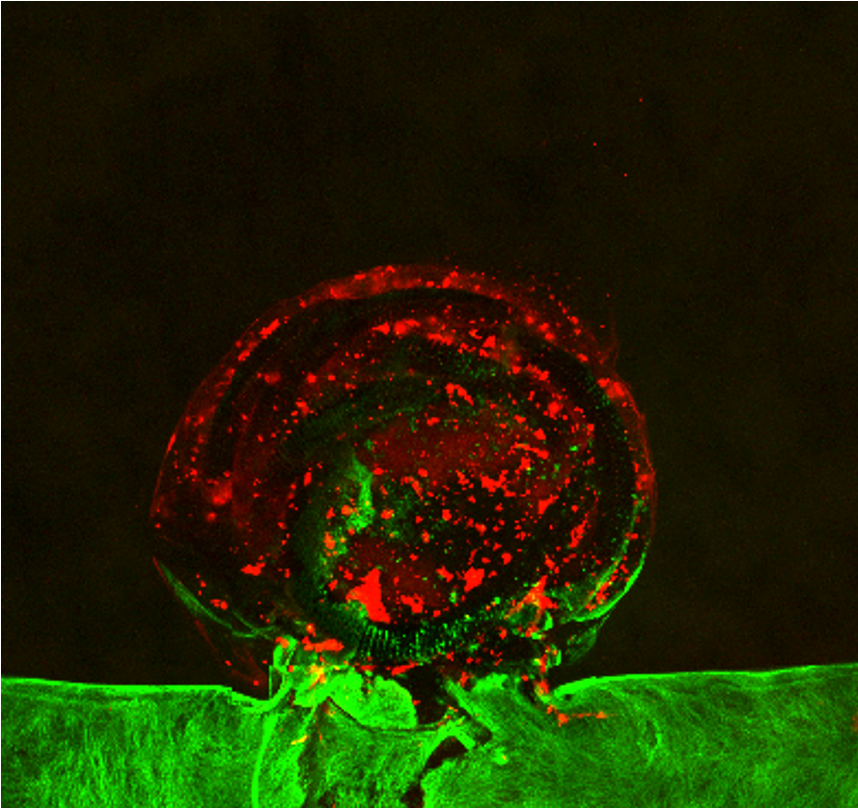In this project volumetric bioprinting was for the first time successfully combined with melt electrowriting.
Tag: bioprinting
Patient-specific cancer tumours replicated in 3D bioprinting advance
Bowel cancer patients could in future benefit from a new 3D bioprinting technology which would use their own cells to replicate the complex cellular environment of solid tumours in 3D models. The University of Bristol-led advance, published in Biofabrication, would allow clinicians to treat the models, known as spheroids, with chemotherapy drugs and radiation to help them understand an individual patient’s resistance to therapies.
NASA funds LLNL to demonstrate “Replicator” 3D printer to produce cartilage in space
The National Aeronautics and Space Administration (NASA) announced April 15 it has awarded Lawrence Livermore National Laboratory (LLNL) and a private company with funding to develop LLNL’s revolutionary volumetric additive manufacturing (VAM) 3D printing technology to produce artificial cartilage tissue in space.
3D Bioprinting Technique Controls Cell Orientation
Cell tissues tend to be highly ordered in terms of spatial distribution and alignment, so bioengineered cellular scaffolds for tissue engineering applications must closely resemble this orientation to be able to perform like natural tissue. In Applied Physics Reviews, from AIP Publishing, an international research team describes its approach for directing cell orientation within deposited hydrogel fibers via a method called multicompartmental bioprinting.
3D-printed microbes open door to enhanced performance of biomaterials
Lawrence Livermore National Laboratory scientists have developed a new method for 3D printing living microbes in controlled patterns, expanding the potential for using engineered bacteria to recover rare-earth metals, clean wastewater, detect uranium and more.

LLNL develops first-ever living, 3D-bioprinted aneurysm to test surgical treatments
A Lawrence Livermore National Laboratory team, along with their collaborators, has become the first to produce a living, bioprinted aneurysm outside of the human body, perform a medical procedure on it, and observe it respond and heal as it would in an actual human brain.